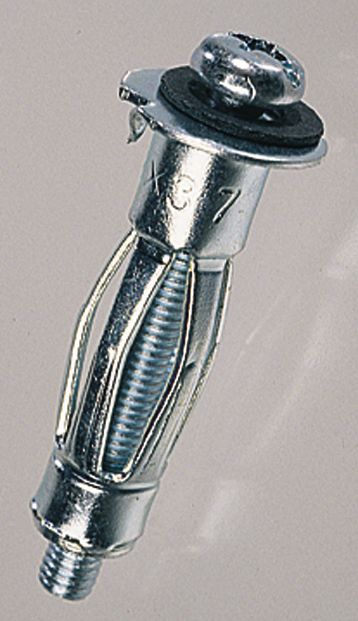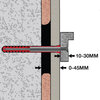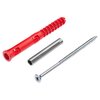@Harry Bloomfield I'm still confused how one would put the spaces in and have them stay there!
What I want to do surely can't be really unique? It must have been done a million times before.
Are there any videos online I can see?
Thanks.
As per Bernard, to make them stay put just use No More Nails, or even bluetack. They only need to be held long enough to fix what ever it is you are fixing.





